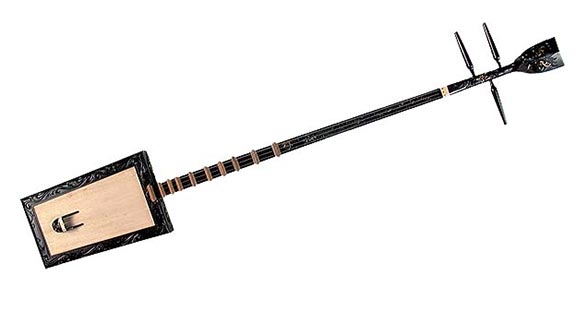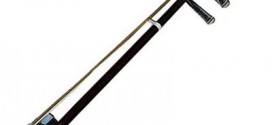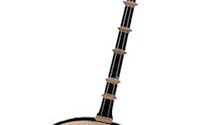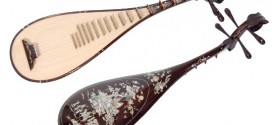Dan Day is a special instrument of Vietnamese origin. This three-stringed lute is used incorporate the peculiarities of the two-stringed lute (dan Nguyet), the four-stringed pear-shaped lute (dan Ty Ba), and the three-stringed lute (dan Tam).

In the past, the dan day was an accompanying instrument used only for one genre of songs, which later divided in two variants known today as hat cua dinh and hat a dao.
The dan day, exclusively played by men, most probably came into being in the 15th century when musical genres were forming. Mostly the Dan Day is used in the northern parts of Vietnam. Its sound box is a trapezoid shape but without a back surface. This bass instrument has high frets and a very long neck. The frets are fixed on the lower part of a very long neck. Its 3 plastic strings produces a low sounds and the Dan Day is only used to accompany the songs performed by female singers.
Apart from accompanying hat cua dinh and hat a dao songs, the dan day is now used to accompany poems as well. Thanks to the unusual technique called ngon chun (slacking the string with the fingers), players may lower the tones and produce refined and modest sounds, it is sometimes compared to a secluded philosopher.
 Vietnamese Culture and Tradition
Vietnamese Culture and Tradition 


